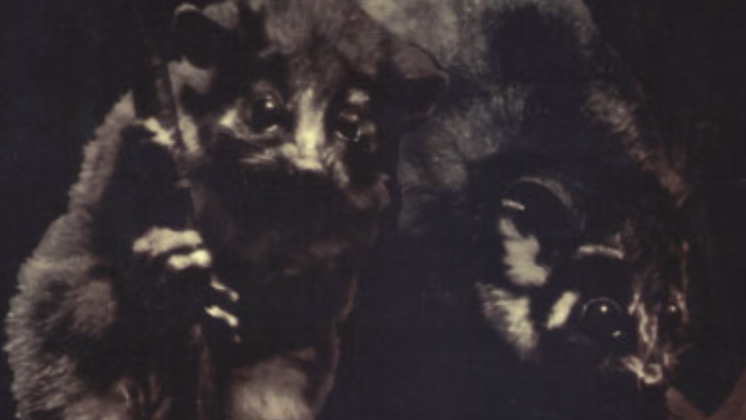Digital Exhibitions
Digital Exhibitions
Since 1984 the Living Museum has helped the people of Melbourne’s West develop and produce exhibitions about their history and region. These exhibitions are held at the Museum Resource Centre and many are on display at the Visitor Centre.
In 2012 the Living Museum received a grant from the Public Records Office to begin to digitise some of these exhibitions and make them available online. As each exhibition is completed it will become accessible from the links below.
Logic Of Logistics - The story of Footscray's Munitions Industry
This exhibition tells the story of how Australia became a nation capable of defending itself independently, and of the people behind that story.
Still Here – A brief history of Aboriginal people in Melbourne's west
The exhibition was produced in 1996 and is comprised of 14 portable hand-painted panels designed to fit in the back of a station wagon and to be set up in a variety of locations, including peoples houses, to tell the story of how Aboriginal people have always lived and worked in Melbourne’s West and are Still Here.
Charles Grimes – Survey of Port Philip
In 1802 the third governor of New South Wales, Governor King, sent the Surveyor General of New South Wales, Charles Grimes to explore King Island, Western Port, and Port Phillip, then the southern parts of the colony of New South Wales.
The History of Pipemakers Park
The exhibition was produced in 1989 when the Museum moved to occupy the old Fitters and Turners Workshop at Pipemaker Park. Production of this exhibition was originally sponsored by Highpoint Shopping Centre.
The Story of Newmarket Saleyards
The Newmarket Saleyards operated for more than a century on the corner of Smithfield Road and Racecourse Road until they were closed in 1987 and transformed into a housing estate called the Lynch’s Bridge Project, with a population of more than 6000 people.
Hear Our Voices – Women of the West Speak out
The exhibition produced by the Living Museum in 1999 about the lives of several women in the western suburbs and their contributions to the society they lived in.
Pobblebonk – Animals of the Maribyrnong River Estuary
The exhibition, Pobblebonk, is made up of ten panels and is on display at the Living Museum Visitor Centre, a second copy is available to hire or borrow. Research and text by Peter Haffenden and Kevin Wood.
Logic Of Logistics - The story of Footscray's Munitions Industry
This exhibition tells the story of how Australia became a nation capable of defending itself independently, and of the people behind that story.
Still Here – A brief history of Aboriginal people in Melbourne's west
The exhibition was produced in 1996 and is comprised of 14 portable hand-painted panels designed to fit in the back of a station wagon and to be set up in a variety of locations, including peoples houses, to tell the story of how Aboriginal people have always lived and worked in Melbourne’s West and are Still Here.
Charles Grimes – Survey of Port Philip
In 1802 the third governor of New South Wales, Governor King, sent the Surveyor General of New South Wales, Charles Grimes to explore King Island, Western Port, and Port Phillip, then the southern parts of the colony of New South Wales.
The History of Pipemakers Park
The exhibition was produced in 1989 when the Museum moved to occupy the old Fitters and Turners Workshop at Pipemaker Park. Production of this exhibition was originally sponsored by Highpoint Shopping Centre.
The Story of Newmarket Saleyards
The Newmarket Saleyards operated for more than a century on the corner of Smithfield Road and Racecourse Road until they were closed in 1987 and transformed into a housing estate called the Lynch’s Bridge Project, with a population of more than 6000 people.
Hear Our Voices – Women of the West Speak out
The exhibition produced by the Living Museum in 1999 about the lives of several women in the western suburbs and their contributions to the society they lived in.
Pobblebonk – Animals of the Maribyrnong River Estuary
The exhibition, Pobblebonk, is made up of ten panels and is on display at the Living Museum Visitor Centre, a second copy is available to hire or borrow. Research and text by Peter Haffenden and Kevin Wood.







